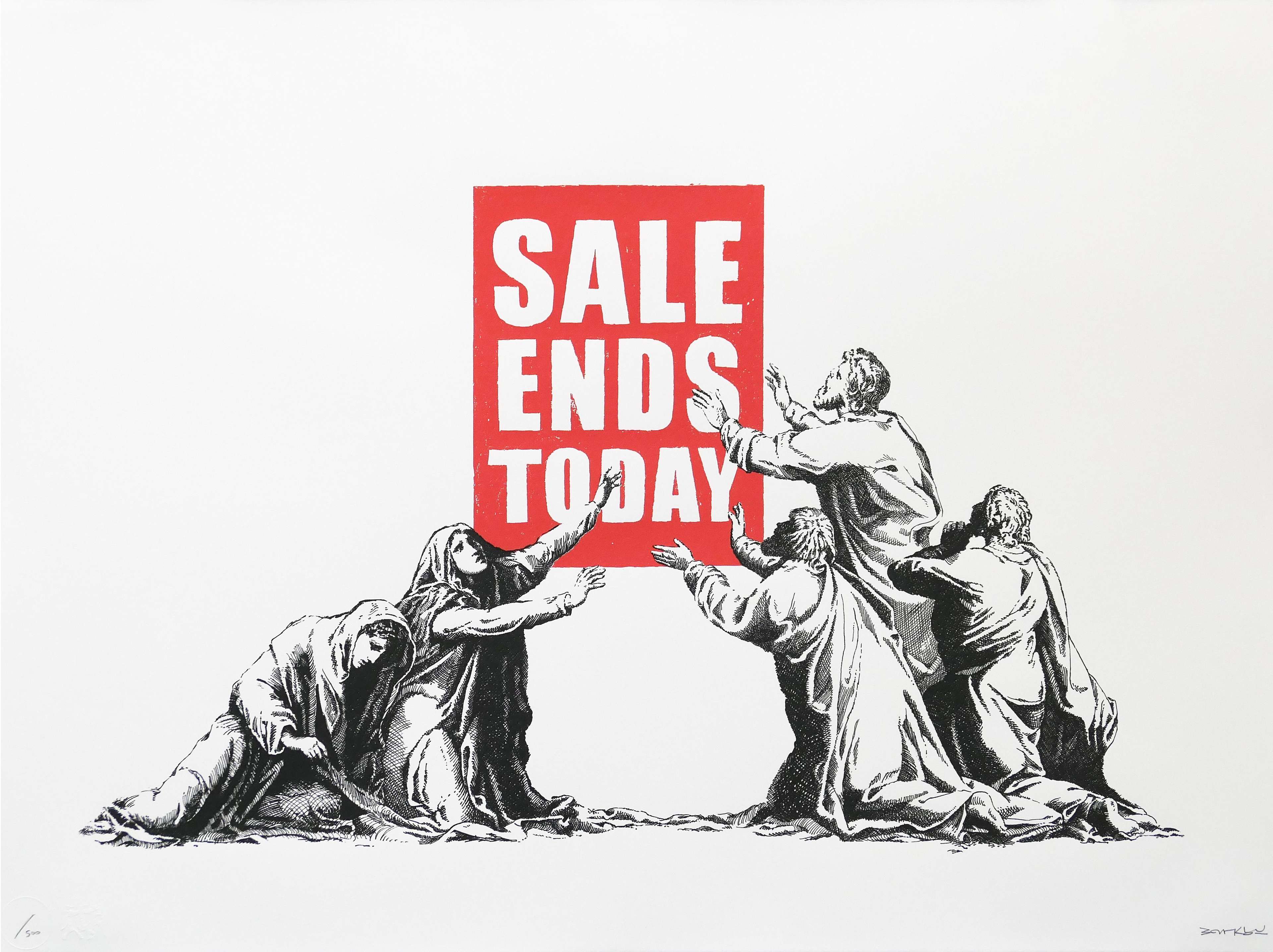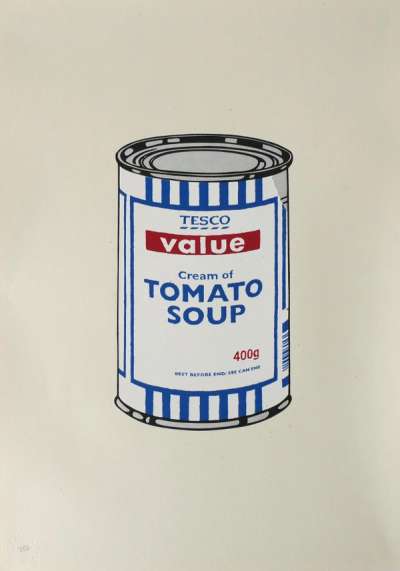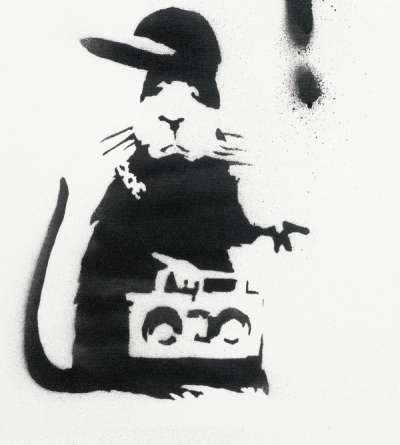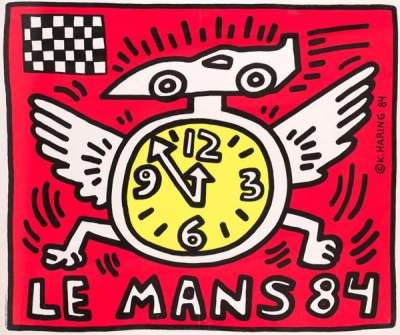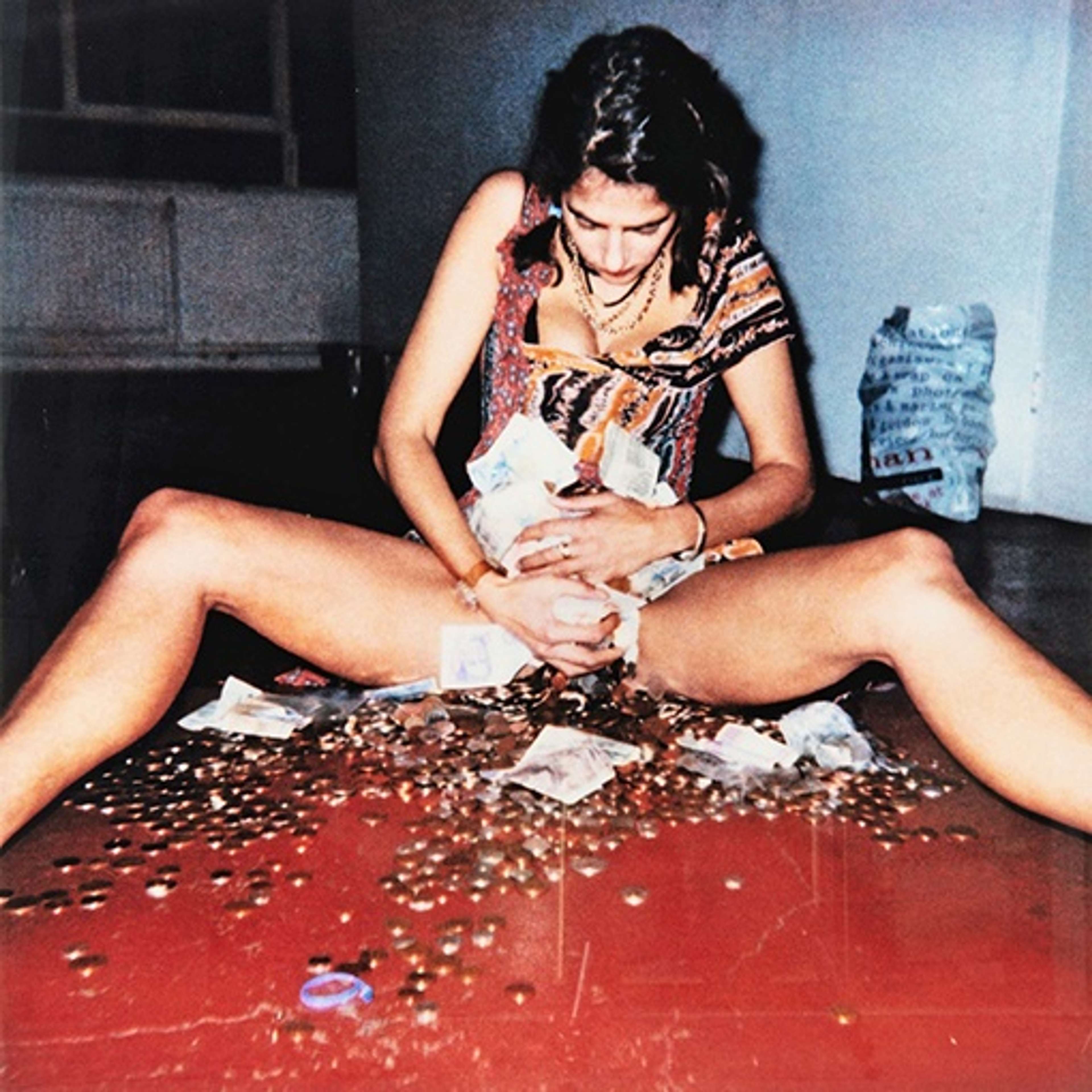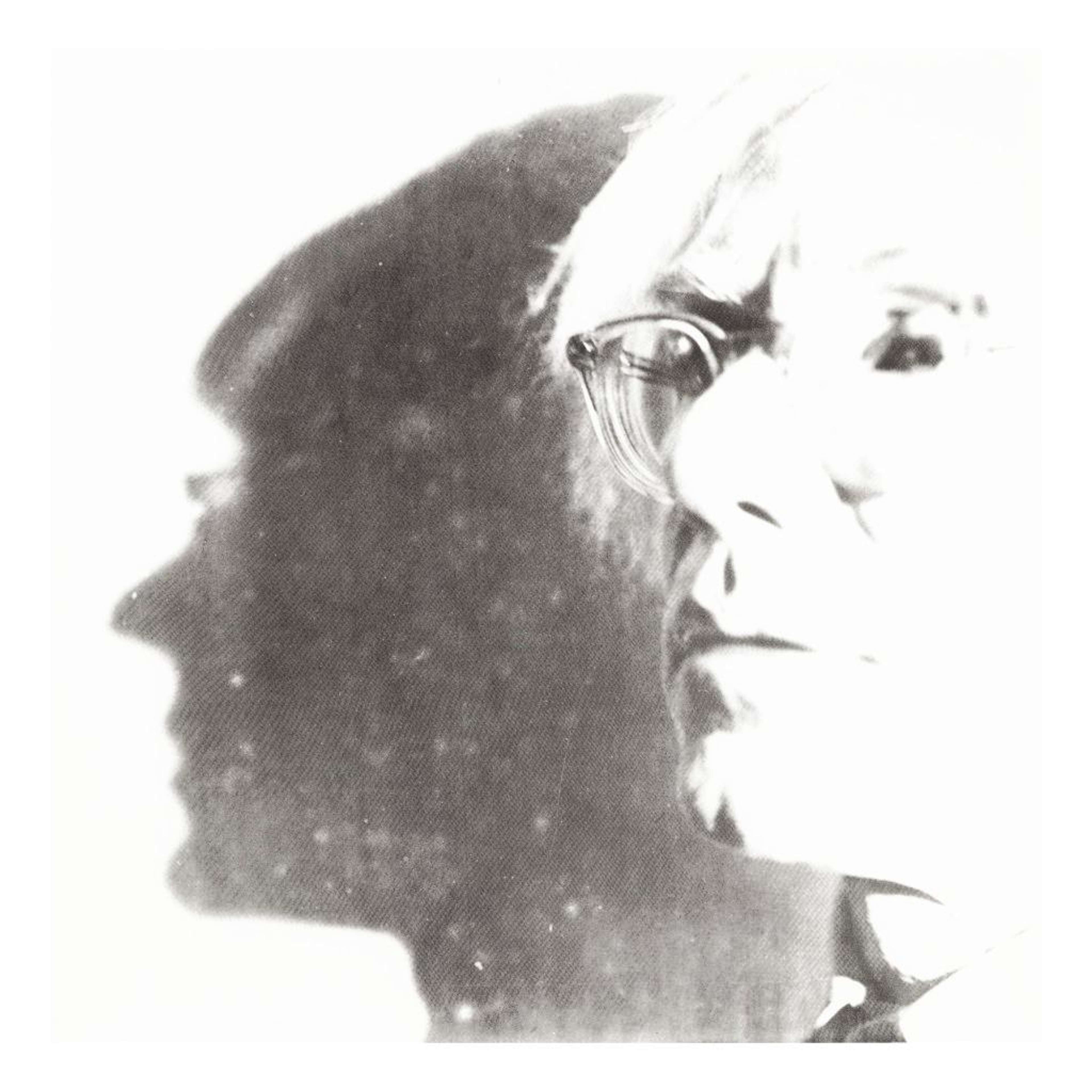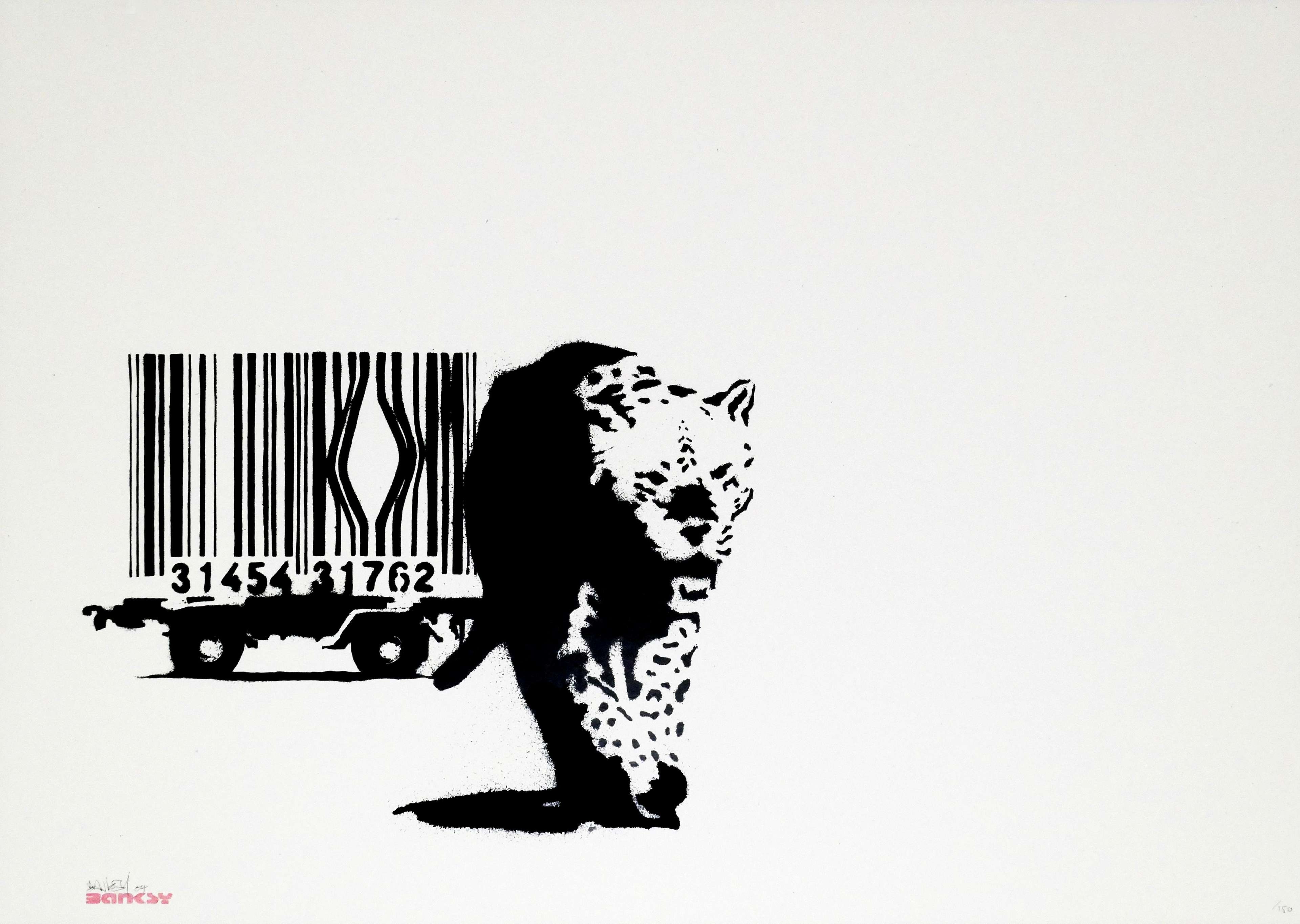Art Collection Audits: Why, When, and How

 Sale Ends © Banksy 2005
Sale Ends © Banksy 2005MyPortfolio
Key Takeaways
Art collection audits are essential for maintaining the integrity, value, and security of art investments. These audits ensure accurate valuations, verify provenance, assess artwork condition, and comply with legal and tax obligations. By engaging qualified professionals and using digital tools, collectors can safeguard against market volatility, legal disputes, and security risks, while ensuring proper documentation and risk management.
Audits involve the systematic checking of the completeness and accuracy of your art collection, and are essential for maintaining the integrity, value, and security of your investments. They provide collectors and institutions with a comprehensive understanding of their artwork, ensuring that each piece is accurately valued, authenticated, and appropriately documented in compliance with estate planning or legal requirements. Periodic audits are recommended every three to five years as they safeguard against potential provenance claims, condition deterioration and security risks, making them a crucial component of responsible art collection management.
Why Conduct an Art Collection Audit?
Ensuring Accurate Valuation and Appraisal
Conducting regular and thorough audits ensure the accurate valuation of a collection, which is critical for financial reporting, implementing comprehensive insurance and receiving the correct price in potential sales. Due to the dynamic nature of the secondary art market, conducting detailed, periodic assessments of an art collection ensures its value reflects current market conditions and provides transparency and accuracy to buying and selling art.
Verifying Provenance and Authenticity
Verifying the provenance of a collection is crucial in establishing the history and legitimacy of the artworks. Audits uncover any inconsistencies in ownership or provenance claims which prevent potential legal disputes and enhance the credibility and reliability of a collector and their investments.
Risk Management and Insurance Purposes
The condition of an artwork can greatly impact its market value, and therefore audits provide invaluable information concerning the condition of a collection. Detailed condition reports ensure adequate insurance is provided by providing a documented baseline for claims, as well as mitigating legal risks related to damage, theft or loss of a piece. They also inform the implementation of risk management strategies concerning storage, transportation and display, which protect your artwork from potential future damage.
Estate Planning and Legal Compliance
In regard to estate planning, audits ensure the collection is comprehensively and accurately documented and appraised. This is particularly necessary so that all legal and tax obligations are met in the case of inheritance, donation or transaction. For a full breakdown of the recent tax adjustments and their impact on estate planning from the UK’s budget announcement on October 30, 2024, see our October Market Report.
When to Conduct an Art Collection Audit
Periodic Audits: Recommended Frequency and Significant Events
Audits should be conducted roughly every three to five years to maintain an up-to-date appraisal and understanding of a collection’s state and value. As audits play such a crucial role in significant events, such as inheritance, divorce or sale, regular reassessments ensure the division and distribution of assets are based on accurate valuations. Furthermore, as audits verify the condition and provenance of an artwork, they facilitate informed decisions surrounding market value and negotiation. After a new acquisition or donation, audits are required to integrate new pieces into the collection's inventory and ensure they are documented, valued, and authenticated.
 Pop Shop III, Plate II © Keith Haring 1989
Pop Shop III, Plate II © Keith Haring 1989 How to Conduct an Art Collection Audit
Step-by-Step Audit Process
Key steps to conducting an art collection audit involves qualified professionals, such as appraisers, art advisors, and collection managers, collecting all the relevant documentation. Preparing for an audit involves collecting all relevant documentation, including purchase receipts, provenance records, previous appraisals, and condition reports, and compiling a comprehensive inventory of each artwork and its accompanying details. In order to conduct proper inventory management, digital tools and software that enhance provenance research and data security can facilitate the process to make it more efficient and accurate.
Assessing the physical condition of each artwork is another important step and involves making detailed records of dimensions, identifying marks and any restoration work or damage since the last audit. Once the professional appraisal has been completed, specialists provide an updated market value based on current trends and significant comparable sales.
Best Practices for Art Collection Audits
Working with Qualified Professionals
When conducting an audit, it is best practise to enlist the help of qualified professionals to regularly update inventory and condition reports. This maintains an accurate and credible collection database which is able to reflect any changes in valuation, condition or insurance policy. Furthermore, collaborating with trusted experts with relevant experience and credentials ensures the privacy and security of sensitive audit information.
Case Studies: Successful Art Collection Audits
As an artist’s work increases in market presence and demand, it becomes increasingly important for appropriate audits to be commissioned in order to verify and authenticate any associated transactions. Although prominent artists including Jean-Michel Basquiat, Keith Haring and Roy Lichtenstein have all had authentication boards established to manage their estate, the reality is that the majority of them no longer exist due to the cost of law-disputes over authenticity. This means ensuring your artwork or collection is legitimate is even more crucial, and showcases the necessity of artwork audits.
Banksy
A primary example of an artist who recognised the importance of proper documentation and verification of his work is Banksy. As Banksy transitioned into selling his prints on the online market, an influx of overpriced and counterfeit prints emerged. Banksy’s work regularly sells for considerable sums, his highest selling piece Love Is In The Bin selling for £18.6 million at Sotheby’s in 2021, and so stringent documentation is absolutely necessary.
In order to mitigate the increasing number of fake Banksys, the artist set up his own authentication board, named Pest Control, in 2008. The non-profit handling service issues unique certificates of authentication (COA), humorously involving a half-torn fake ten pound note with the face of Princess Diana. Without this COA, no reputable collector will buy a Banksy piece, and in 2008 Pest Control found that 226 works of art, including 89 street pieces and 137 screen prints, had been falsely attributed to him.
Audits are an important part of proving an artwork’s legitimacy, and COA’s by the appropriate organisation are always required in order to possess comprehensive documentation.
 I Fought The Law © Banksy 2004
I Fought The Law © Banksy 2004Maximising the Benefits of Art Collection Audits
Art collection audits are absolutely necessary for maintaining the integrity, value, and security of art collections. By conducting regular and thorough audits, collectors can ensure accurate valuations, verify provenance, manage risks, and comply with legal requirements. These audits provide a comprehensive understanding of each artwork, allowing for appropriate measures surrounding tax, insurance and estate planning to be implemented. Utilising best practices such as engaging qualified professionals, leveraging digital tools, and keeping updated records, collectors can maximise the benefits of audits. Effective art collection audits safeguard investments and enhance the overall management of valuable art collections.

